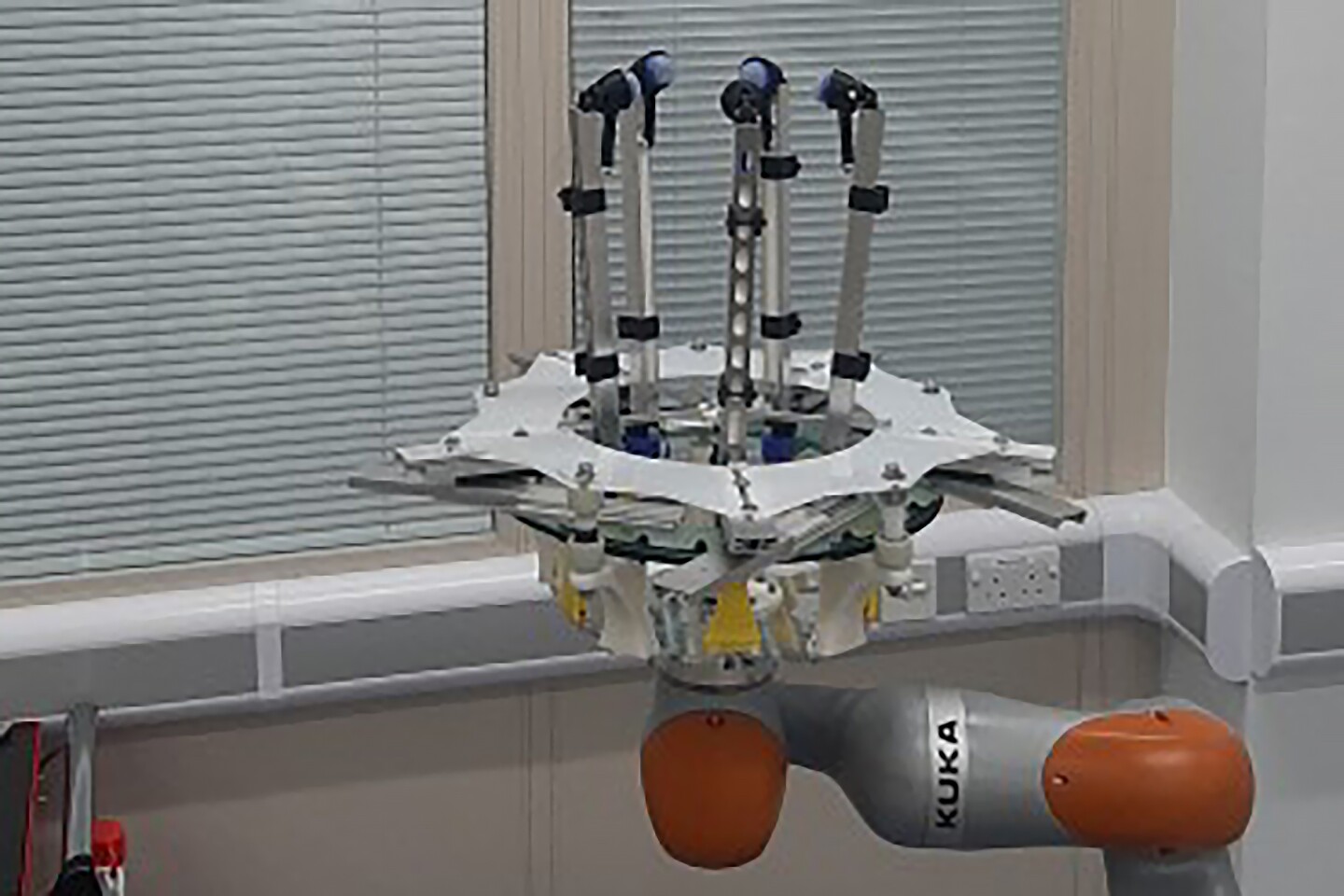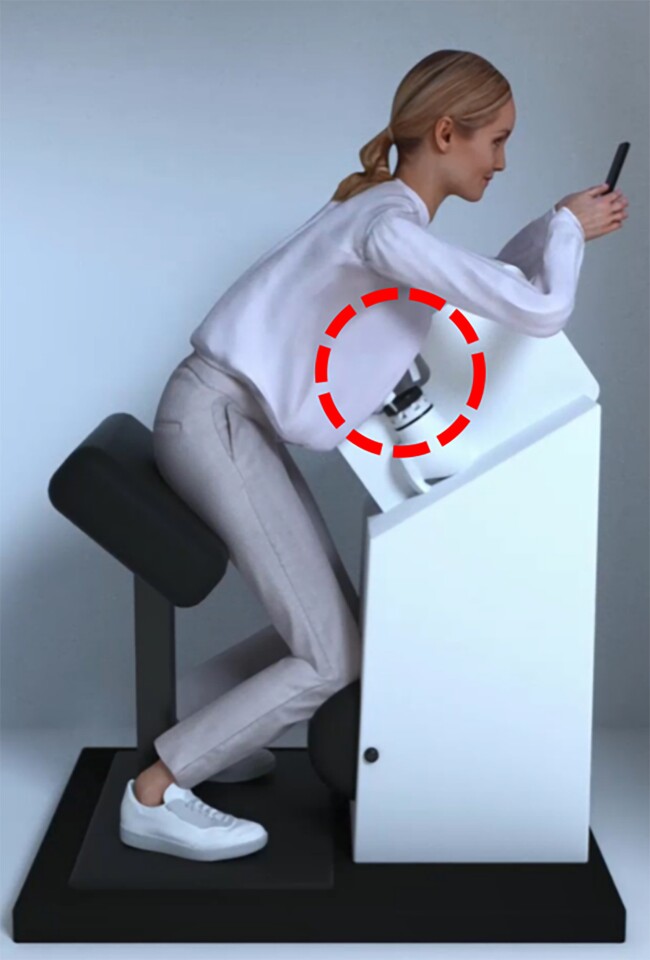Researchers have developed a prototype robot that is able to perform a breast examination and sense lumps that may indicate cancer. While still in the early stages, they say their robot could improve the likelihood of catching breast cancer early.
Breast examinations done by medical practitioners – clinical breast exams or CBEs – are key to the early detection of breast cancer, thereby improving the chances of a full recovery. Although most lumps are detected by self-examination, CBE conducted by an expert may find a suspicious area that warrants further investigation.
Now, researchers at the University of Bristol in the UK have placed the important diagnostic technique into the hands or, rather, the 3D-printed digits of a robot designed to perform CBE.
“There are conflicting ideas about how useful carrying out clinical breast examinations (CBE) are for the health outcomes of the population,” said George Jenkinson, lead author of the study, which was presented as part of the RO-MAN 2023 conference, a forum highlighting human-robot innovations. “It’s generally agreed upon that if it is well performed, then it can be a very useful and low-risk diagnostic technique.”
The researchers 3D-printed their device, a ‘manipulator’ they called IRIS, which they claim is an acronym for robotic radial palpation mechanism for breast examination. They used IRIS to perform simulated experiments on a digital breast and laboratory experiments on a silicone one.

George Jenkinson/University of Bristol
“The first question that we want to answer as part of this is whether a specialized manipulator can be demonstrated to have the dexterity necessary to palpate a realistic breast size and shape,” Jenkinson said.
With the simulations, they performed thousands of palpations – the process of using one’s hands to check the body – and tested many hypothetical scenarios to calculate the differences between using two, three, or four tactile sensors. In the lab, they used the silicone breast to determine whether the simulations were accurate and to test the forces IRIS used during palpation.
The researchers say IRIS can apply very specific forces similar to those used by human medical professionals and detect lumps using sensor technology, including lumps deep in the breast tissue.
At the moment, the device is a prototype. The researchers’ ultimate goal is to have the manipulator detect lumps more accurately and deeper than is possible using only human touch. They plan to do this by using CBE techniques used by medical professionals to teach AI.
“We hope that the research can contribute to and complement the arsenal of techniques used to diagnose breast cancer and to generate a large amount of data associated with it that may be useful in trying to identify large-scale trends that could help diagnose breast cancer early,” said Jenkinson.

George Jenkinson/University of Bristol
Once perfected, the researchers envision IRIS being located in easy-to-access places like pharmacies and health centers, providing women with access to safe, accurate CBEs. They say it could also be combined with existing diagnostic techniques, such as ultrasound.
“So far, we have laid all of the groundwork,” Jenkinson said. “We have shown that our robotic system has the dexterity necessary to carry out a clinical breast examination – we hope that in the future, this could be a real help in diagnosing cancers early.”
A PDF version of the study, which is currently unpublished, can be found here.
Source: University of Bristol
appId : ‘38456013908’,
xfbml : true,
version : ‘v3.3’
});
};
(function(d, s, id){
var js, fjs = d.getElementsByTagName(s)[0];
if (d.getElementById(id)) {return;}
js = d.createElement(s); js.id = id;
js.src = “https://connect.facebook.net/en_US/sdk.js”;
fjs.parentNode.insertBefore(js, fjs);
}(document, ‘script’, ‘facebook-jssdk’));
